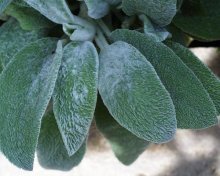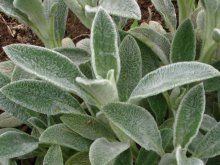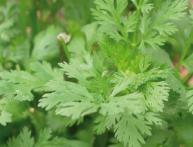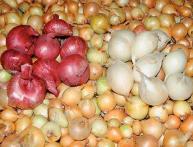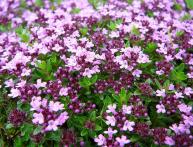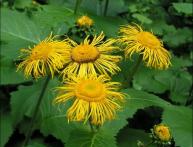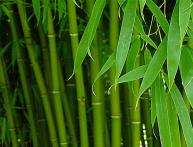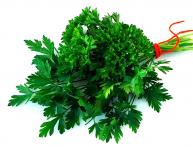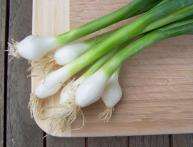Woolly Chistets, its features and main advantages
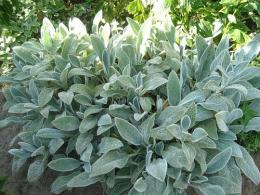
Woolly chickweed is a perennial plant of the Lamiaceae family. This type of plant has a very powerful root system. Its average height is about 20 cm (without peduncles). The flower stalks themselves can reach a height of 60 cm. The flowering period lasts from May to September. The flowers are collected in inflorescences, one centimeter in diameter. Chistets are also popularly called “sheep’s ears.”
Content:
Growing and care
This plant can be grown from seeds, which are sown in March. It is used when arranging flower beds and rocky areas. Mature plants are capable of forming solid fluffy gray mats. Many gardeners prefer to trim flower stalks at the budding stage. This is necessary so that the bush does not fall apart. Cut stems can be used as dried flowers.
Chistets is a fairly frost-resistant plant and can withstand winter well. The only thing that can adversely affect the plant is waterlogging. It is better to plant woolly chickweed in a sunny place. If the leaves of the plant receive a lot of sun, they will become saturated with a bright silver color.
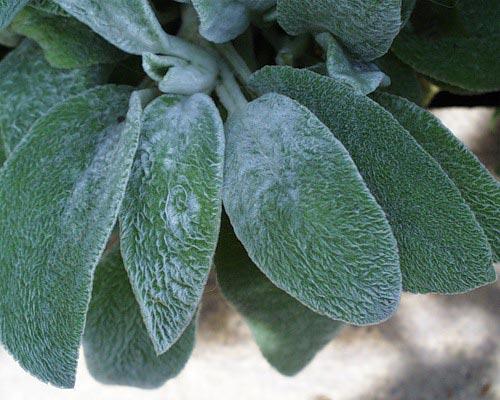
The soil on which the plants will be planted should be slightly loose and well-drained.In order to maintain the decorative shape of the chistema, it must be regularly trimmed and the inflorescences trimmed to prevent the formation of buds. When landings plants as a ground cover, young bushes should be periodically planted to it to prevent the formation of bald spots.
Useful properties and uses of chistets
In folk medicine, the leaves, flowers, stems and roots of the plant are used. These elements contain sufficient amounts of vitamin C, as well as alkaloids, flavonoids and tannins. Chistets herb can have a hypotensive and analgesic effect. Also, the action of the herb can cause contraction of the walls of the uterus. Chistets tincture can lower blood pressure and reduce the amplitude of heart contraction.
The roots of the plant have an antispasmodic effect. You can make a decoction from them, which is good for colic. In traditional medicine, woolly chickweed is included in many preparations that are used in obstetric practice. First of all, the plant is used in folk medicine. The ground part of the chistets is often used. To treat tuberculosis and colds, a special healing decoction is prepared from the crushed rhizome of the plant.
Preparations based on chistets have a positive effect on the functioning of the heart muscle and reduce blood pressure. To restore the nervous system and provide a calming effect, decoctions and alcohol tinctures should be used. Herbal decoctions are used in the treatment of skin diseases, gout, scrofula and depression.
For bruises, cuts and abscesses, woolly leaves are applied to the affected parts of the body.Lotions and compresses made from chistets, which are used for mastitis and dermatological diseases, also help well. Even in ancient times, doctors used chistets in gynecological practice as a hemostatic agent.
Cleaner on video:
Chistets has a beneficial effect on the female body during the postpartum period. Decoctions from the aerial part of the plant restore and regulate the menstrual cycle. This plant is included in medicinal preparations used for fainting and epilepsy. Many experts recommend special products based on chistets for patients with mild forms of diabetes.
How to prepare chistets?
Since woolly chickweed is widely used in traditional medicine, the entire above-ground part of the plant must be harvested. This should be done during the active flowering phase. To obtain high-quality raw materials, the grass must be dried in a shaded place, but in the fresh air.
The raw materials can also be dried in dryers at a temperature of 50 degrees. The collected raw materials must be dried in crushed form. It is better to keep the tubers of the plant buried in the ground, or in the refrigerator, after cleaning the rhizome. Stored raw materials in wooden and cardboard boxes, no more than one year.
Indications for use

Preparations based on woolly chickweed are used in the following cases:
- Insomnia and neurosis
- Uterine bleeding
- Poor cerebral circulation
- Uterine atony
- Hypertension
- Inflammation in the female genital organs
- Heart failure
Due to the presence of stachirene in the plant, it helps to lower blood glucose levels.Also, the action of Chistets increases the accumulation of glycogen in the liver, thereby producing an insulin-like effect. When uterine bleeding occurs, it is necessary to take an infusion of Chistets. To do this, pour boiling water over one spoon of raw material and let it brew for about half an hour. You need to take the prepared infusion three times a day, one teaspoon at a time.
For painful insomnia and nervous disorders, a special pharmacy tincture based on chistets helps well. It is presented in the form of a dark green liquid with a pleasant taste.
It should be taken 2-3 times a day, according to instructions. You can prepare such a tincture yourself; you just need to add ten parts of vodka to the chistets herb and leave it to infuse for ten days. For colds, you can prepare a decoction of woolly chickweed. To prepare the decoction, you need to boil one teaspoon of the herb for twenty minutes. Use the prepared decoction one tablespoon three times a day.

